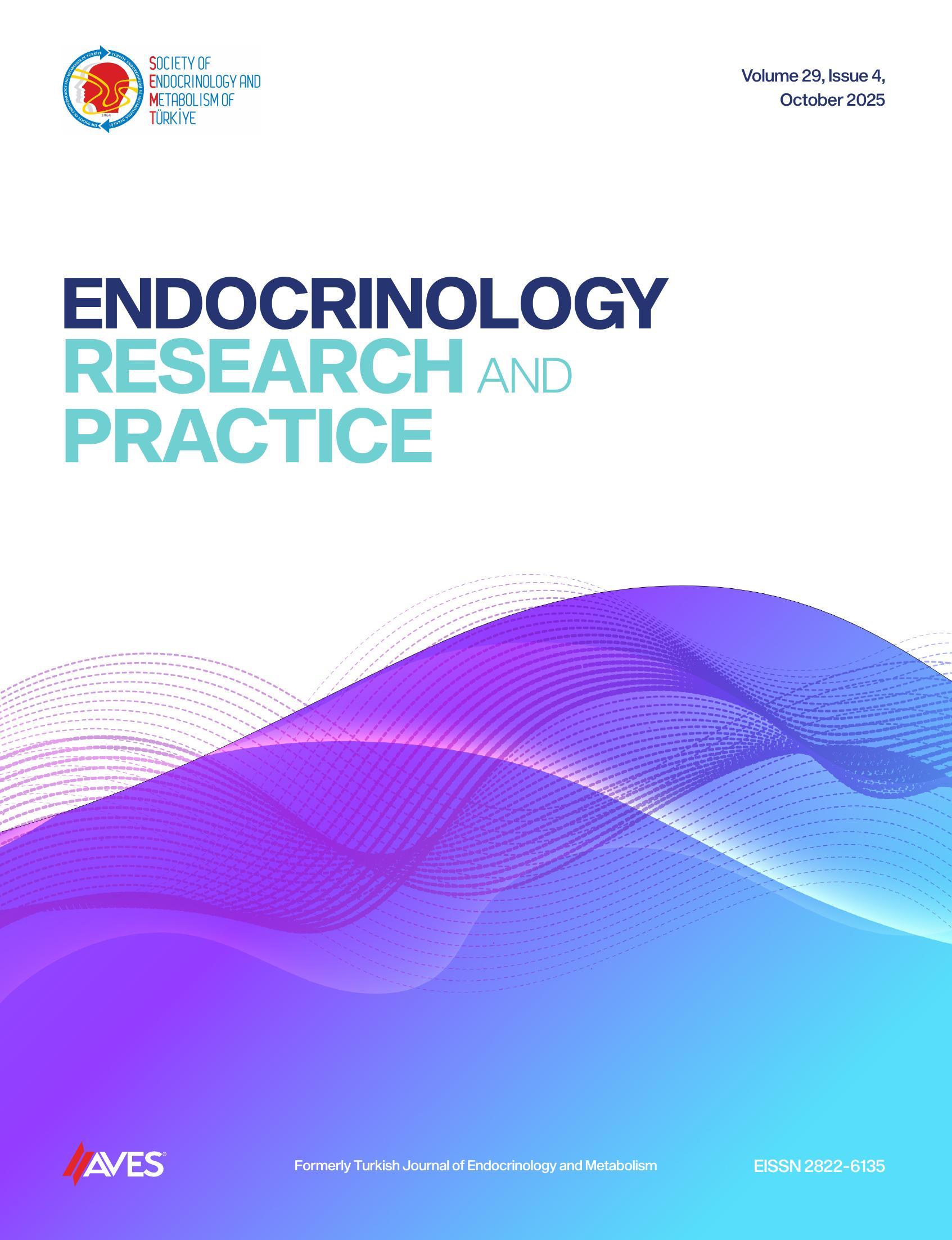Objective: The frequency of cardiovascular mortality is increased in type 1 diabetes mellitus (T1DM). Both hyperglycemia and hypoglycemia increase the risk of cardiac complications. This study used the electrocardiogram (ECG) parameters of ventricular repolarization times to assess the arrhythmogenesis in T1DM.
Methods: Electrocardiographic parameters corresponding to ventricular repolarization times were collected and used as indicators of arrhythmogenesis. Obtained parameters were evaluated between patients with T1DM and the healthy group. In addition, the patient group was divided according to the method of insulin therapy used (basal-bolus insulin treatment vs. insulin pump) and compared within themselves.
Results: 125 patients with T1DM and 50 healthy participants were included in the study. Sixty-two patients were on basal-bolus insulin therapy, and 63 were on insulin pump therapy. QT, QTmax, QTmin, QTc, QTcmax, QTcmin, Tp-e, and JTc were longer in T1DM patients compared to the healthy group (P-values =.012, .007, .001, <.001, <.001, .001, .001,and .004,respectively). HbA1c levels were significantly lower(P =.001), and less hypoglycemia (P=.001) was observed in the insulin pump group. QRS duration was significantly shorter, and JTc, iCEB, and iCEBc were significantly longer in insulin pump patients compared to patients with basal-bolus treatment (P-values = .045, .031, .019, and .005, respectively).
Conclusion: Patients with T1DM have prolonged ventricular repolarization time compared to the healthy group. Some ventricular repolarization times indicative of the development of arrhythmias have been found to be prolonged in the insulin pump group compared with the basal-bolus insulin treatment group. This result was obtained despite lower HbA1c levels and less frequent hypoglycemia in insulin pump patients. This may suggest that the risk of arrhythmia is not only related to the current glycemic status or frequency of hypoglycemia but also to the past disease history of the patients.
Cite this article as: Köroğlu EY, Mammadlı AİD, Keskin Ç, et al. Comparative analysis of ventricular repolarization in patients with type 1 diabetes vs. healthy group and patients using insulin pump vs. multiple daily injections. Endocrinol Res Pract. Published online June 3, 2025. doi 10.5152/erp.2025.24583.

-1(1).png)

.png)